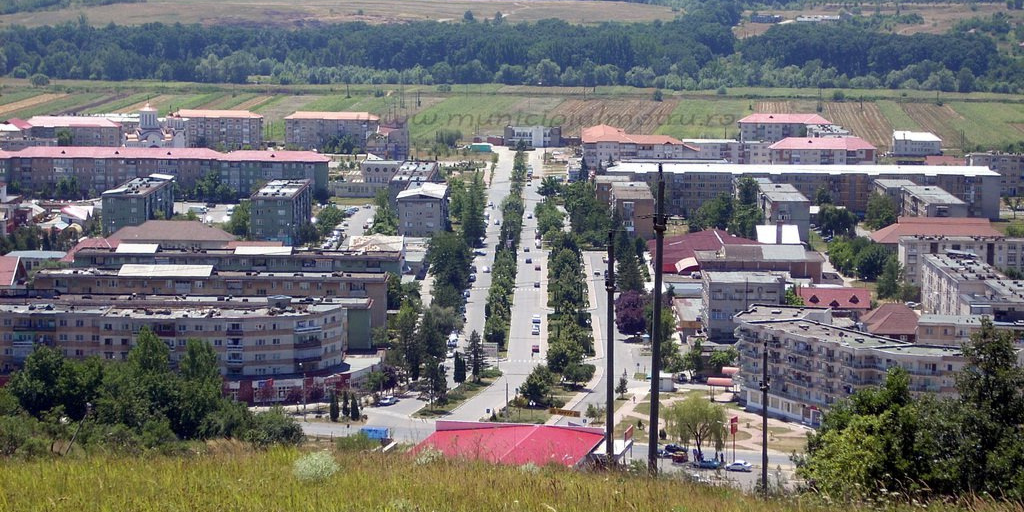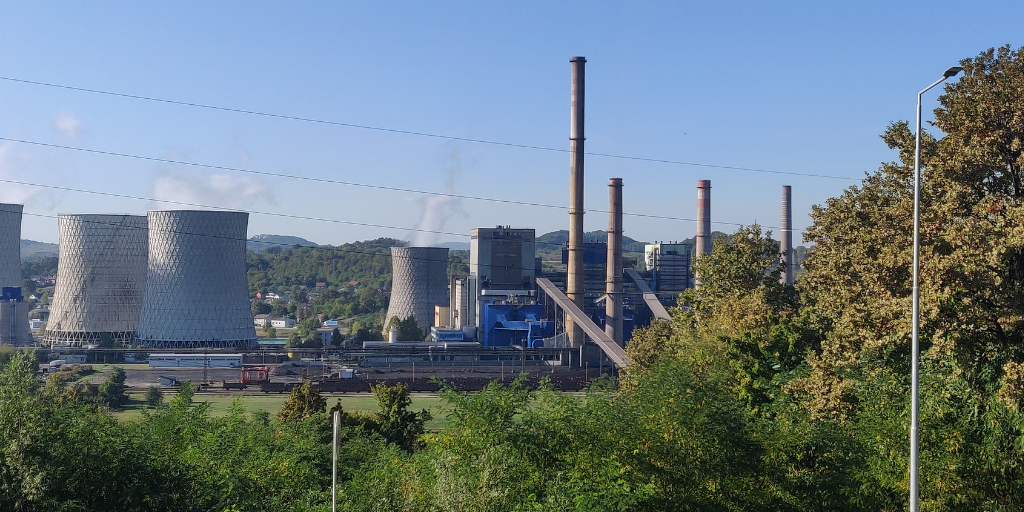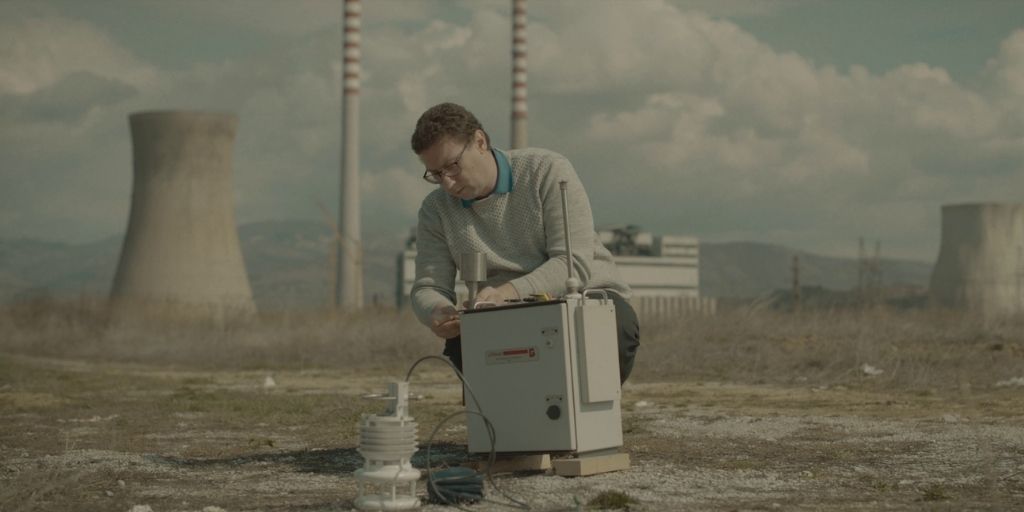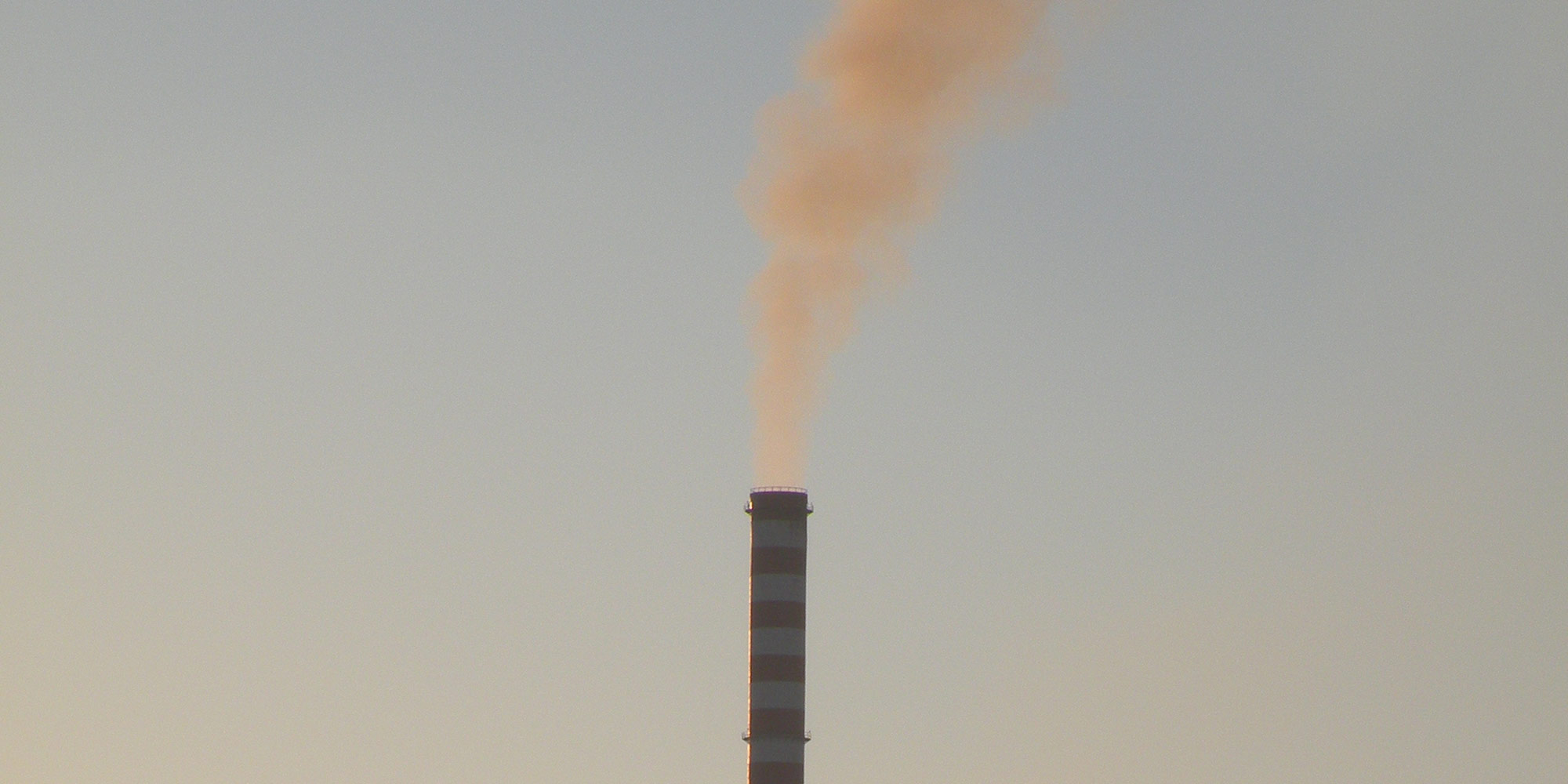Even though Romania traditionally had the third lowest energy import dependency rate in the European Union, due to natural gas and oil reserves and an oversized power generation sector, since 2019 the country has shifted from electricity exporter to net importer.
Romania’s electricity mix is one of the most balanced in the EU, with coal, hydropower, fossil gas, nuclear energy and wind power having comparable shares of capacity and power generation.
With the exception of wind and solar, almost all units are fairly old. Thus, although there is an official installed capacity of 18.6 GW, the average power delivered to the system is around six GW, with many experts believing that demand above 11 GW is hard to cover relying exclusively on domestic resources. Already in 2020 it became obvious that around 8 GW of demand needed to be met with imports. Still, prosumer and storage capacity has increased considerably in recent years, reaching a capacity of 2.3 GW and 137 MW respectively by the end of 2024.
All nuclear and large hydropower, 98 per cent of coal and 73 per cent of fossil gas units are state-owned via the Ministry of Economy, Energy and Business. Decisions to retire or even build new conventional units are therefore primarily in the hands of the Ministry.
In 2021, 1075 MW of installed capacity at the Mintia hard-coal plant were put into cold reserve, not officially retired, due to accumulated debts over CO2 allowances and fines since 2014. The plant had been breaching its emission limits for SO2 by 10-15 times, and Romania was referred to the Court of Justice of the EU in December 2021 over this case.
In 2022 Romania passed legislation to fulfil the commitment in its National Recovery and Resilience Plan to eliminate coal from the electricity mix by the end of 2032. Despite some flaws and being less ambitious than the initial legislative proposal, Law 334/2022 sets a clear coal exit date, includes power plant closure benchmarks and introduces social protection measures. However, less than a month after its approval, the Government amended the law and postponed the retirement of 600 MW (Turceni 7 and Rovinari 3) from December 2022 to October 2023. It also approved almost doubling the production from lignite mines.
Officially, on the national energy system operator’s website, 11 coal units are operating in the 6 functioning coal power plants in Romania, with a gross installed capacity of 2250 MW.
There are two main coal companies managing both power plants and mines: the Oltenia Energy Complex (OEC) manages three operational plants and 10 mines, all lignite-based, and it normally delivers over 90 per cent of the country’s coal-based electricity. The main hard coal processing company, located in the neighbouring county, is the Jiu Valley Energy Complex, formerly known as the Hunedoara Energy Complex (HEC).
The company was allegedly revamped in October 2023 and received over EUR 14 million state aid for safe mine closures, through a decision by the Ministry of Energy. In reality, the company was used more as an election vehicle, for the 2024 mega election year, with no fewer than nine directors and 325 new hires. In early 2025 the Minister of Energy announced a new restructuring phase and the need to cut jobs. This came less than a month after the Government had submitted a new tranche of state aid for approval, totaling EUR 800 million.
Despite the announced modernisations in 2020-2021, only one of Oltenia Energy Complex’s plants is fully compliant with all pollution limits in the so-called BAT Conclusions which entered into force in August 2021. According to an assessment by Bankwatch Romania, only the hard coal unit at Paroseni had emissions within limits on all polluting substances. However, the plant operates only 10-17 days per month.
Complexul Energetic Oltenia (CEO), has been undergoing a restructuring process since 2019, and by April 2021 had received nearly EUR 500 million in “salvation aid” to pay for its 2019 and 2020 CO2 certificates. The company will retire its coal fleet, to be replaced mainly with new capacities of gas CCGTs and also solar PVs. However, all these plans are significantly delayed, as construction has not begun on any of the replacement capacity as of December 2024.
- The 2 units (150 MW each) at Craiova II are expected to closed in 2025. They will be replaced with a 200 MW gas unit.
- Ișalnița unit 8 will be closed in 2025, and unit 7 in 2026. Both (2 x 330MW) will be replaced one year prior to their closing with a 800 MW gas plant.
- Unit 3 at Turceni (330 MW) will be closed in 2025. It will be replaced a year earlier with a 475 MW gas unit.
- A total of 735 MW of solar PV was expected to be installed on depleted lignite mines and ash disposal sites by 2024. However, a call for tender was launched in January 2025 only for 280 MW.
Electricity generation from wind has experienced rapid growth in Romania, due to the high wind potential and supporting policies for renewable energy production. Romania’s potential in wind energy is considered to be the highest in southeast Europe, estimated at around 14,000 MW, able to generate around 23 TWh per year.
Between 2008 and 2013, the main investments were made in wind farms, which as of January 2025 have an installed capacity of 2880 MW. The development of electricity generation from renewable sources received a heavy blow in 2013 though due to a change in the subsidy scheme which reduced the number of green certificates awarded. This reform triggered a quick response by market actors which slowed the trend for new installations.
Following the positive development of the wind sector, investors started showing interest in the field of solar energy production, which is also virtually inexhaustible in the medium and long term. As of January 2025, dispatchable PV solar farms have a capacity of 712 MW. According to the National Energy Strategy, Romania’s solar potential can generate 1.2 TWh of electricity per year, meaning 2.5 per cent of current national consumption, but this is a very conservative estimate, compared to other analyses of potential.
To meet its 2050 decarbonisation goal, the country should also install some 15 GW of offshore wind capacity, which has the potential to cover nearly 40 per cent of the national electricity needs by then.
The fact that the energy productivity of Romania’s economy stands at 60 per cent of the European average is an indicator that there is plenty of room for improvement. Buildings account for the largest share of energy use, indicating a need to step up retrofits.
For a more in-depth look at barriers to a sustainable energy transition in Romania and our proposals for how to overcome them, see our 2021 study with the Friedrich Ebert Stiftung: The Political Economy of Energy Transition in Southeast Europe – Barriers and Obstacles.
More on coal in the Balkans

Sustainable district heating gives hope to the Romanian city of Motru, in a coal mining region
A new study shows that the city’s district heating can come from fully renewable sources.
Read more

Bosnia and Herzegovina illegally extends lifetimes of deadly coal plants
Yesterday the Federation of Bosnia and Herzegovina’s Parliament voted to extend the lifetime of the antiquated Tuzla 4 and Kakanj 5 coal units, in clear breach of the Energy Community Treaty. The move condemns the public to yet more lethal air pollution.
Read more

The heroic dust monitor
This year we are marking five years since Bankwatch engaged in air pollution work in the Balkans. Throughout these years, there was one constant in the work – the environmental dust monitor. It has become the hero of many communities and is known to every organisation in the region that works for cleaner air.
Read more

